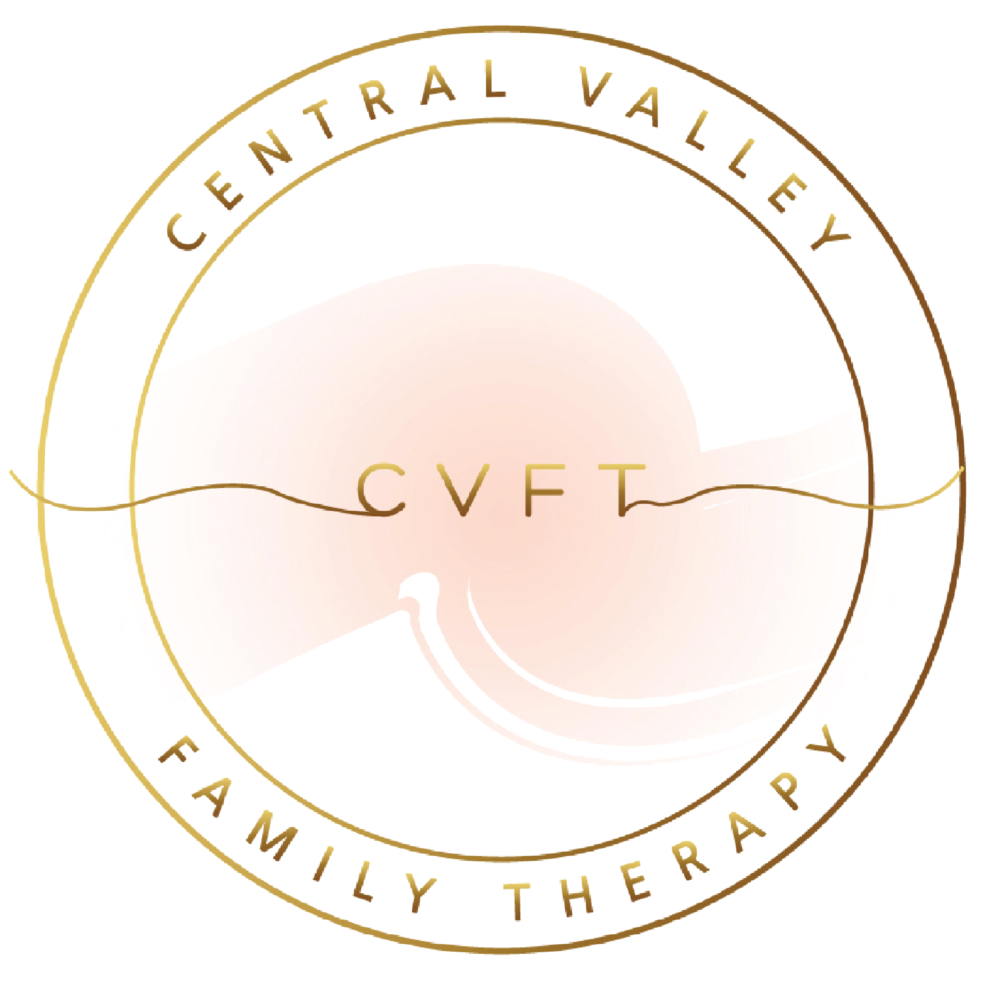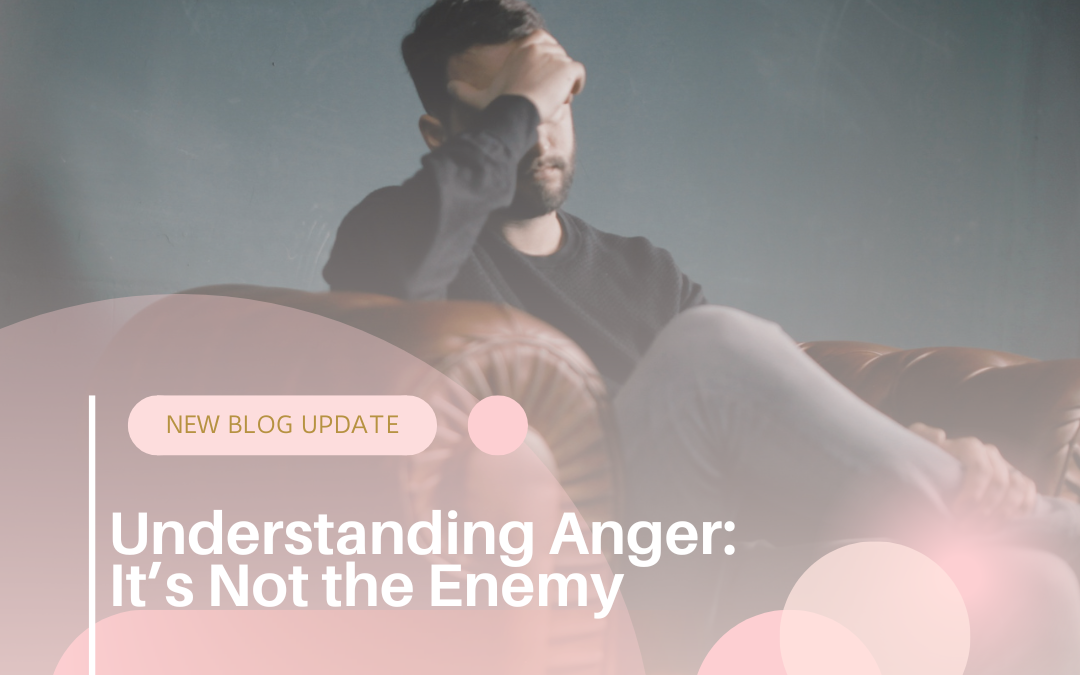Anger gets a bad rap.
It’s often seen as dangerous, destructive, or something to be ashamed of. From an early age, many of us are taught to suppress it, hide it, or “calm down” before we’ve even had a chance to understand what we’re feeling.
But here’s the truth:
Anger is not the enemy.
It’s a signal. A messenger. A boundary defender. And when handled with awareness, it can actually lead to healing, clarity, and even connection.
What Is Anger, Really?
Anger is a natural emotional response to perceived injustice, hurt, betrayal, or threat. It shows up when a boundary has been crossed, when needs have been ignored, or when something feels deeply unfair.
It might say:
-
“I don’t feel heard.”
-
“This isn’t okay.”
-
“Something needs to change.”
Anger is protective. It’s one of your internal alarm systems. Without it, you might tolerate mistreatment, stay silent when your voice matters, or ignore your own needs.
Why Are We So Uncomfortable With It?
Depending on how you were raised or socialized, anger might have been treated as:
-
A sign of weakness or immaturity
-
Something to fear (especially if you witnessed it being expressed in harmful ways)
-
“Unladylike,” “disrespectful,” or “aggressive”
-
A trigger for punishment or rejection
Over time, many people learn to bury their anger under more “acceptable” emotions—like sadness, guilt, or numbness. Others experience it as a sudden outburst because it hasn’t been given a healthy outlet.
The Cost of Suppressing Anger
Unaddressed anger doesn’t disappear. It mutates.
It can become:
-
Chronic resentment or bitterness
-
Passive-aggressive behavior
-
Anxiety or depression
-
Physical symptoms like headaches, tension, or digestive issues
-
Self-blame or people-pleasing patterns
When we don’t listen to anger, it gets louder—or it turns inward.
How to Work with Anger in a Healthy Way
Anger isn’t the problem—it’s how we respond to it that matters. Here’s how to begin working with it rather than against it:
1. Pause and Notice
Instead of immediately reacting, try noticing where anger shows up in your body (tight jaw, clenched fists, fast heartbeat). This helps create space between the feeling and the action.
2. Name the Underneath
Anger often masks more vulnerable emotions like hurt, fear, or shame. Ask: What’s under this anger? What am I really needing or trying to protect?
3. Validate It
You’re allowed to be angry. It doesn’t make you a bad person or emotionally unstable. It means something important to you is at stake.
4. Express It (Safely)
Journaling, movement, screaming into a pillow, having an honest (and respectful) conversation, or working with a therapist—there are so many healthy ways to process and release anger.
5. Let It Inform, Not Control
Anger can guide you toward boundaries that need to be set, changes that need to be made, or conversations that need to happen. Let it speak—but don’t let it drive.
Anger as a Tool for Growth
What if, instead of fearing anger, we got curious about it?
What if we asked:
-
What is this anger trying to tell me?
-
What boundary is it asking me to protect?
-
What truth is it pointing toward?
Anger, when channeled with care, is a force for self-respect, healing, and even social justice. Some of the most important changes—both personal and collective—have been born from people getting angry and then using that anger as fuel for something better.
Final Thought: You’re Allowed to Be Angry
Anger doesn’t make you bad. It makes you human.
And when you learn to listen to it—without letting it take the wheel—you open the door to deeper honesty, stronger boundaries, and a more authentic connection with yourself and others.
You don’t have to suppress your anger.
You can understand it.
And that’s where real healing begins.


Recent Comments